One of Pearson's free sample resources to download happens to be this worksheet on expanding noun phrases. It includes helpful terminology, activities and ideas for spotting expanded noun phrases in reading and and using them in writing. Identify an expanded noun phrase describing how it has been expanded, with modifying adjectives, prepositional phrases within multi-clause sentences. Identify an expanded noun phrase describing how it has been expanded, with modifying adjectives and prepositional phrases, in single or multi-clause sentences.
Expanded noun phrase includes an adjective, a modifying noun and a preposition. Greater Depth Explain whether multiple expanded noun phrases have been correctly identified within a sentence. Expanded noun phrases include an adverb, an adjective and a preposition. Find and explain errors in identifying multiple noun phrases with modifying adjectives, prepositional phrases within multi-clause sentences.
Find and explain errors in identifying noun phrases with modifying adjectives and prepositional phrases. Improve a given sentence by adding adjectives and a prepositional phrase. Involves multi-clause sentences and multiple noun phrases. Add an adjective and a prepositional phrase to nouns to create expanded noun phrases. This worksheet features a set of teaching tips and ideas to help aid the teaching of expanding sentences through the addition of noun phrases, adjectives and adverbs.
In simple terms, expanded noun phrases give you a bit more information about the noun. A good way to think of them is as a way of making a sentence more interesting to read, and for students to write. Good answers to the questions Ebenezer but please read the instructions. You were asked to write expanded noun phrases to use in your writing tomorrow. Imagine that find yourself at the spooky house shown in the image, and write a passage to describe your time there.
Make sure that you add extra detail by including expanded noun phrases in some of your sentences. – the news is the subject argumentHave you heard the news? – the news is the object argumentThat is the news. – the news is the predicative expression following the copula isThey are talking about the news.
– the news is the argument in the prepositional phrase about the newsThe man reading the news is very tall. You must always remember to read the instructions though. You were asked to write expanded noun phrases to use tomorrow. It's not unusual for nouns and noun phrases to be embedded within noun phrases. Looking at the last example, "courage" and "word" are both nouns, but they are not the head nouns of the phrases.
They are both objects of the preposition "of," sitting in prepositional phrases that modify the head nouns. Provide children with extracts from texts that include lots of noun phrases. Extend the task by asking them to expand the noun phrases further such as by adding a prepositional phrase or adding further information before the noun.
Underline the longest possible noun phrase in each sentence. Tick each of these sentences which include an expanded noun phrase. Underline all expanded noun phrases in the passage below. Hope you guys had fun doing these activities with your little ones.
If you have any suggestions please feel free to drop a message down…. Here, Rebecca Jakes offers four activities, plus some additional tips, on teaching expanded noun phrases in KS2. Download ppt "Expanded Noun Phrases An expanded noun phrase is similar to a 2A sentence. Most of you will use expanded noun phrases without realising." An expanded noun phrase is similar to a 2A sentence. Most of you will use expanded noun phrases without realising.
Expanded Noun Phrases An expanded noun phrase is similar to a 2A sentence. Identify an expanded noun phrase describing how it has been expanded with modifying adjectives in single clause sentences. Sometimes expanded noun phrases are referred to as expanding noun phrases, but the correct term is the former. Your primary school child will need to understand how to use expanded noun phrases, particularly those in Year 4 and above. Using and identifying expanded noun phrases is actually a year 4 objective but they are still very important in year 5 and 6 so today's work is a recap.
None of you should find this too difficult and for those who find it easy, you should try to use rich and accurate vocabulary in your examples. Underline the expanded noun phrases in the example sentences and tick the sentences which include an expanded noun phrase. No matter their form or function, noun phrases form fuller ideas.
Instead of just talking about a dog, you can add an adjective to that noun and discuss a spotted dog. Instead of just saying they walked into the sunset, you can describe the scene with his laughter ringing through the air. You'll find many writers like to make use of noun phrases. It allows them to paint pictures, including a red-faced woman who found herself in an uncomfortable position.
Noun phrases are groups of words that function like nouns. Typically, they act as subjects, objects or prepositional objects in a sentence. While that might seem tricky to grasp, the best way to understand these useful phrases is to see them in action. Get a clear idea of a noun phrase and how it is used in a sentence through examples. Have a greater understanding of how to teach expanded noun phrases.
Expanded Noun Phrase Examples With Answers Ask your child to try and come up with some examples of expanded noun phrases in a sentence. You will be able to use these in your sentences tomorrow. A noun phrase is a simple phrase built around a noun. An expanded noun phrase adds more detail to the noun by adding one or more adjectives.
An expanded noun phrase is a descriptive clause normally made up of a noun as well as one or more adjectives. Their function is to give the reader more insight or description of an object, place or person. If more than one adjective is used to describe the noun, they are usually separated by a comma. This bright, appealing PDF grammar worksheet is an excellent way to practise and revise using expanded noun phrases in Y2. This bright, appealing PDF grammar worksheet is an excellent way to practise and revise using expanded noun phrases in Y4.
If you're a parent who wants to consolidate your K2S child's understanding of noun phrases, you're in the right place. Our simple guide is a great home learning resource you can use for primary school-aged kids, and hopefully, you'll learn something along the way, too. This analysis of noun phrases is widely referred to as the DP hypothesis. It has been the preferred analysis of noun phrases in the minimalist program from its start , though the arguments in its favor tend to be theory-internal. By taking the determiner, a function word, to be head over the noun, a structure is established that is analogous to the structure of the finite clause, with a complementizer.
Dependency grammars, for instance, almost all assume the traditional NP analysis of noun phrases. The allowability, form and position of these elements depend on the syntax of the language in question. In English, determiners, adjectives and noun modifiers precede the head noun, whereas the heavier units – phrases and clauses – generally follow it. This is part of a strong tendency in English to place heavier constituents to the right, making English more of a head-initial language. Head-final languages (e.g. Japanese and Turkish) are more likely to place all modifiers before the head noun.
Other languages, such as French, often place even single-word adjectives after the noun. Your expanded noun phrases are great Hanfaa, but you must include commas. Most native English speakers can form noun phrases without giving the grammar a second thought. I highly recommend doing these three worksheets with them to reinforce the idea of expanded noun phrases. This Prezi presentation helps explain how expanded noun phrases can be used to convey complicated information concisely. This practice takes the constellation to be primitive rather than the words themselves.
The word he, for instance, functions as a pronoun, but within the sentence it also functions as a noun phrase. The phrase structure grammars of the Chomskyan tradition are primary examples of theories that apply this understanding of phrases. Other grammars such as dependency grammars are likely to reject this approach to phrases, since they take the words themselves to be primitive. Go through this powerpoint first to remind you what expanded noun phrases are. Jot down expanded noun phrases for each of the features in the bubble. Add adjectives to sentences to create an expanded noun phrase.
Pupils should be taught to use expanded noun phrases to describe and specify . This article runs through expanding noun phrases and includes three downloadable activities to try in class. This review mat for Grammar, Punctuation and Spelling is an excellent way to revise and practise using expanded noun phrases. Lecturer copy Trainee teachers often seek examples of effective teaching of grammar in primary schools. As many teachers themselves express a lack of confidence in their own knowledge of grammar, where do trainees find exemplar lessons? It takes exemplar lessons and offers them alongside a detailed exploration of what makes them good, and the theory behind them.
The text encourages trainees to consider the teaching of grammar critically and to envisage how they can shape lessons for their own teaching. In starting with teaching then exploring theory, the text mirrors how many trainees will learn. Children may be asked to look through a text and underline all the noun phrases or prepositional phrases they can find. An expanded noun phrase is a phrase made up of a noun and at least one adjective.
If one or more adjectives are listed to describe the noun, a comma should be added to separate the sentence. Write a sentence to describe the clock in each picture, and make sure to include adjectives and prepositional phrases in each one. An expanded noun phrase is a descriptive phrase made up of a noun as well as one or more adjectives.
Given the English language's complex beauty, you may not be surprised to learn there are other types of phrases, including verb phrases and gerund phrases. Investigate phrase examples to learn more about building illustrative sentences that will stick in your readers' minds forever. Improve a given sentence by adding two adjectives from a word bank. The representation of noun phrases using parse trees depends on the basic approach to syntactic structure adopted.
The layered trees of many phrase structure grammars grant noun phrases an intricate structure that acknowledges a hierarchy of functional projections. The subject noun phrase that is present in this sentence is long.b. Noun phrases can be embedded in other noun phrases.b. They can be embedded in them.A string of words that can be replaced by a single pronoun without rendering the sentence grammatically unacceptable is a noun phrase. As to whether the string must contain at least two words, see the following section. Some examples of noun phrases are underlined in the sentences below.
Noun phrases often function as verb subjects and objects, as predicative expressions and as the complements of prepositions. Noun phrases can be embedded inside each other; for instance, the noun phrase some of his constituents contains the shorter noun phrase his constituents. A noun phrase, or nominal , is a phrase that has a noun or pronoun as its head or performs the same grammatical function as a noun.
Noun phrases are very common cross-linguistically, and they may be the most frequently occurring phrase type. Children may be given word banks of adjectives to help them expand their noun phrases. Choose 3 people from the pictures provided and describe each in a sentence that includes an expanded noun phrase.
There's a PowerPoint to try expanding noun phrases as a class and then there are two printable PDF activities – one on describing dragons and one for writing about animals. A prepositional phrase is a group of words consisting of a preposition, its object, and any words that modify the object. At a minimum, a prepositional phrase consists of one preposition and the object it governs.
The object can be a noun, a gerund (a verb form ending in "-ing" that acts as a noun), or a clause. You'll also come across sentences where the noun phrase includes words that act as an adjective. For example, in "the car wash" the word "car" is acting as an adjective for the noun "wash." In addition to needing a subject, you also have an object within a sentence.
The objects work with the verb in the sentence like in these noun phrase as object examples. The purpose of a noun phrase is to provide more detail to a sentence. Therefore, a noun phrase can function in different ways within a sentence. View a few example sentences using noun phrases in different ways.
Write out a series of sentences and ask your child to underline the expanded noun phrase in them using a bright marker. Expanded noun phrases are ones that contain additional describing words, or adjectives. For more information about the structure of noun phrases in English, see English grammar § Phrases. Remember an expanded noun phrase has 2 adjectives to describe a noun…. Children are taught to expand their noun phrases in Year 2. They then continue to enrich their writing with the use of adjectives in Year 3 and 4.


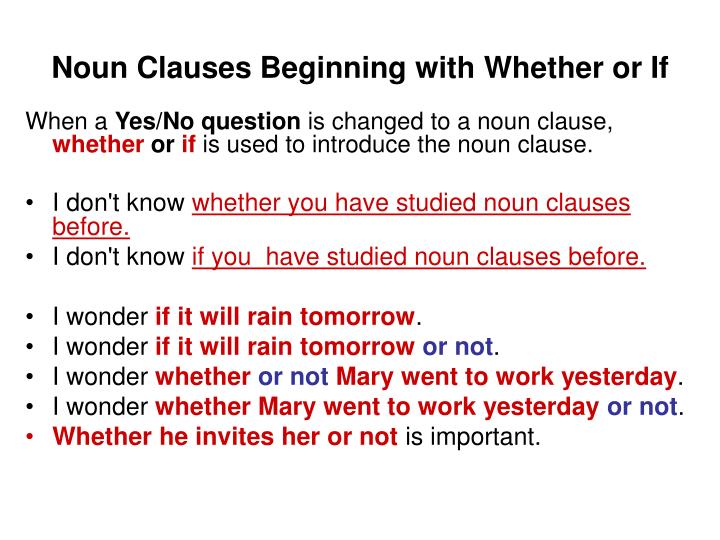
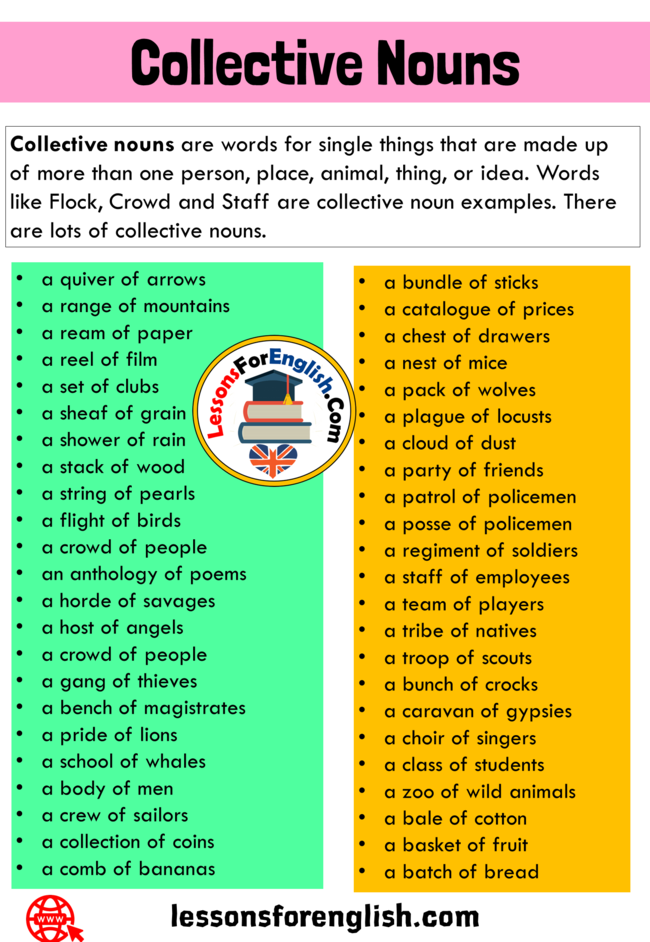





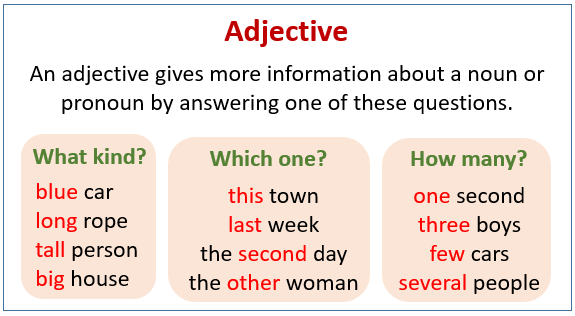



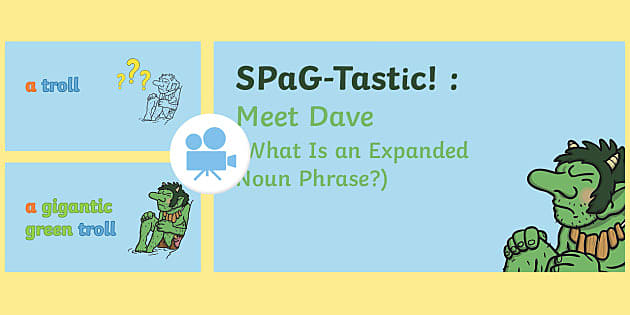

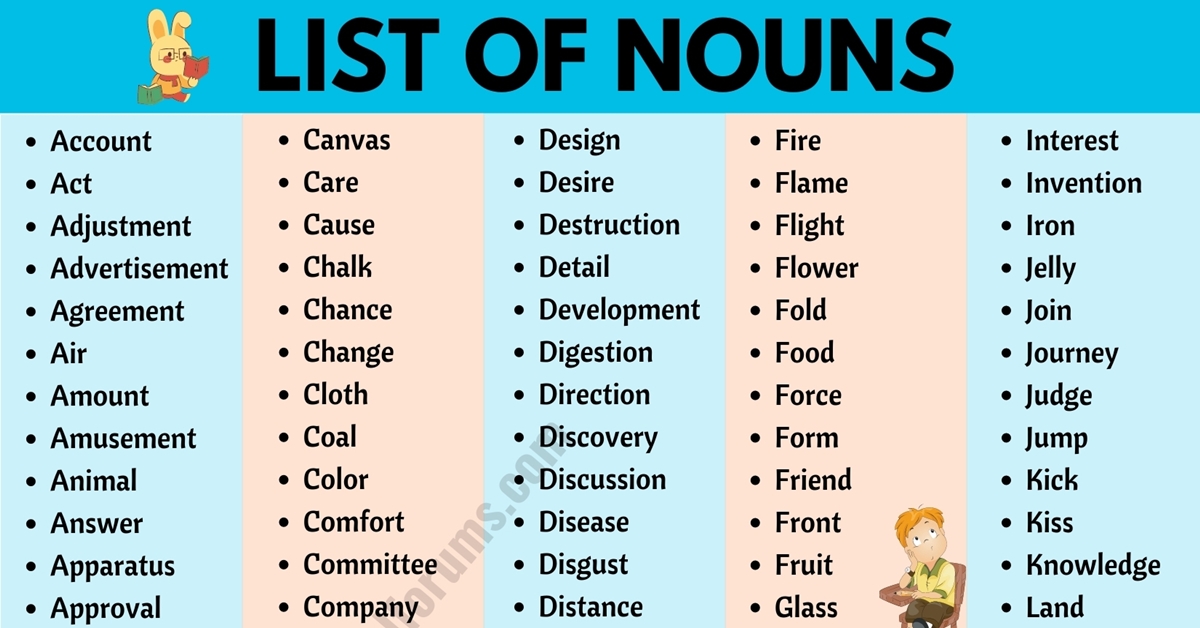












No comments:
Post a Comment
Note: Only a member of this blog may post a comment.